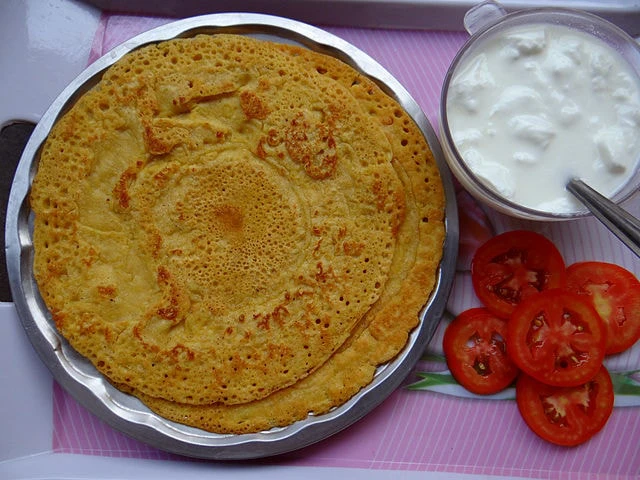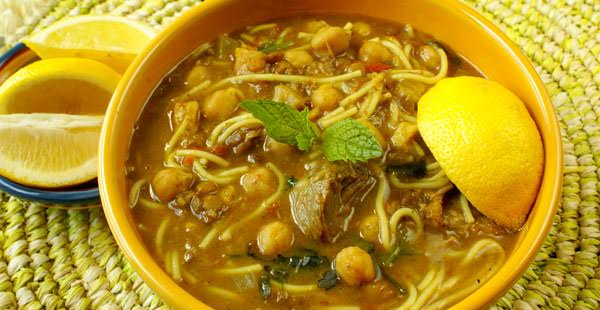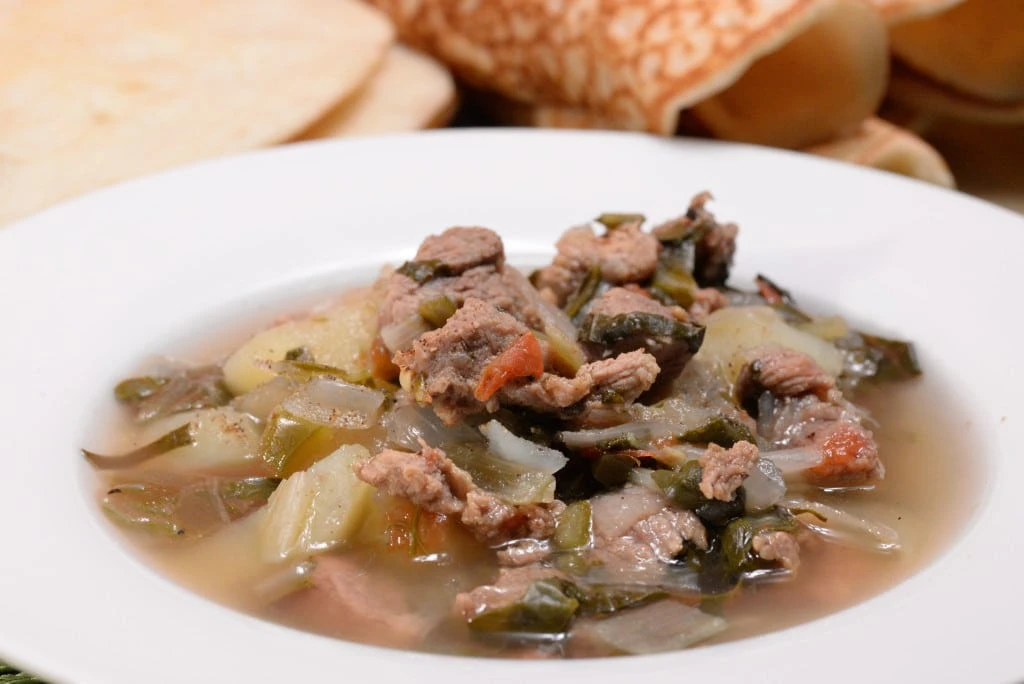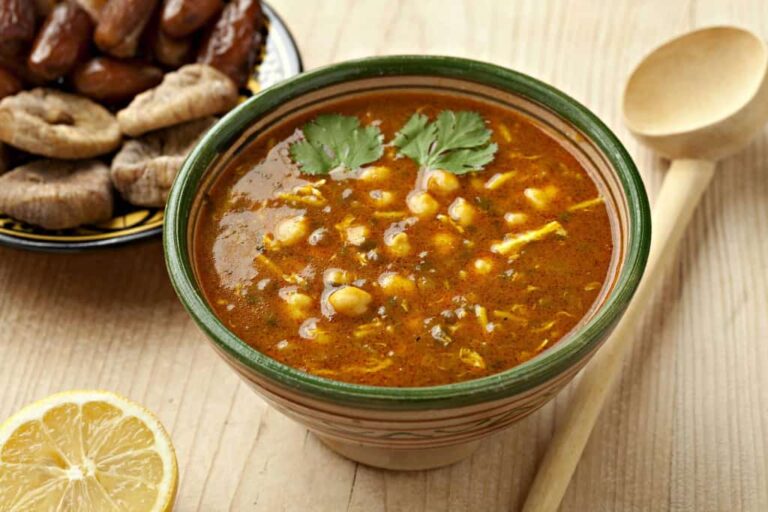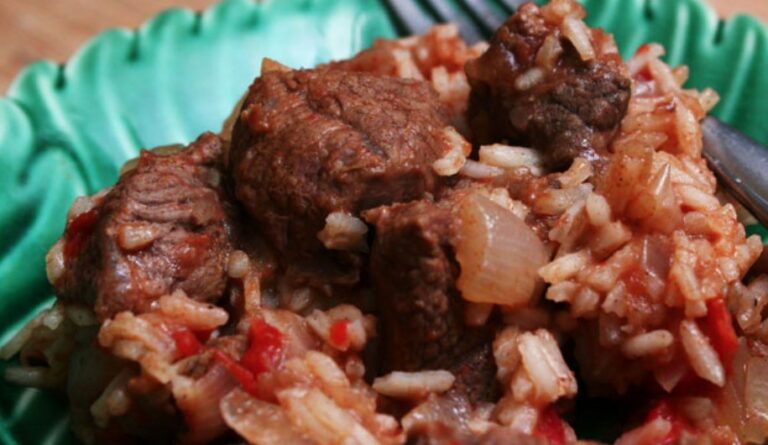Introduction: Discovering Djibouti’s Seafood Cuisine
Djibouti is a small country located in the Horn of Africa. It is surrounded by the Red Sea and the Gulf of Aden, making seafood a significant part of its cuisine. Djibouti’s cuisine has been influenced by its neighbors, including Somalia, Ethiopia, and Yemen, resulting in a unique blend of flavors. Djiboutians have mastered the art of preparing seafood, and it is no surprise that seafood is a staple in their diet.
Whether you’re a seafood lover or not, the seafood dishes in Djibouti are worth trying. From stews to grilled fish, the seafood cuisine in Djibouti offers a wide range of delicacies that will leave your taste buds craving for more. In this article, we will explore some popular seafood dishes in Djibouti and give you a glimpse of the rich seafood heritage of this small African country.
Local Fish: Exploring the Seafood Bounty of Djibouti
One of the popular seafood dishes in Djibouti is local fish. Djibouti has a variety of fish species, including red snapper, barracuda, and tuna, which are used to prepare different dishes. The fish is usually grilled or fried and then served with a side dish of your choice. The locals prefer to eat their fish with steamed rice or bread, and a spicy sauce is often added to enhance the flavor.
In Djibouti, you can find local fish in almost every restaurant and eatery. It is a popular dish among locals and tourists alike. The best time to enjoy local fish is during the fishing season, which runs from November to April. During this time, you can find a wide range of fish species, and the prices are relatively lower compared to other times of the year. If you’re a seafood lover, local fish is a must-try dish in Djibouti.
Lahoh with Maraq: The Perfect Combination of Bread and Seafood Soup
Lahoh with Maraq is a traditional Somali dish that has gained popularity in Djibouti. Lahoh is a type of bread that is similar to a pancake, while Maraq is a seafood soup. The bread is usually served on the side, and you tear it into small pieces and dip it into the soup. The soup is made with fish, vegetables, and spices, giving it a rich flavor.
Lahoh with Maraq is a hearty dish that is often served for breakfast or lunch. It is a favorite among locals, and it is not uncommon to find it being sold in the streets. The dish is not only delicious but also affordable, making it accessible to everyone. If you want to experience the authentic taste of Djibouti’s seafood cuisine, Lahoh with Maraq is a must-try dish.

